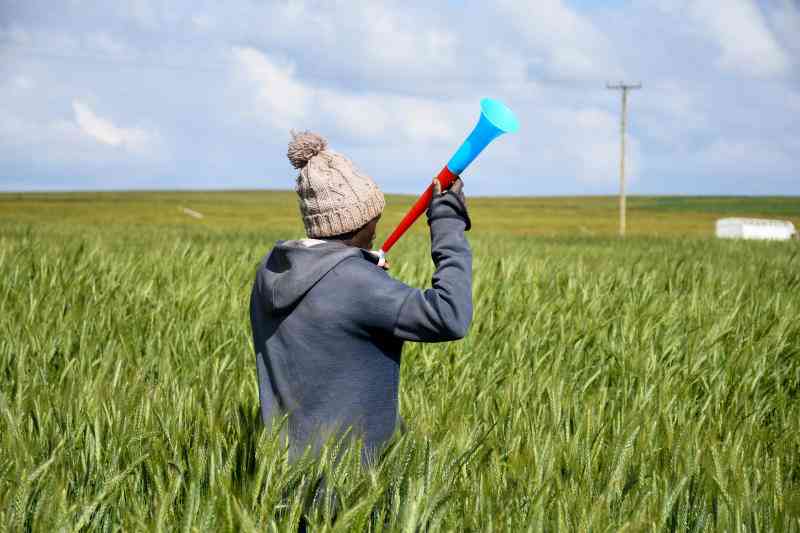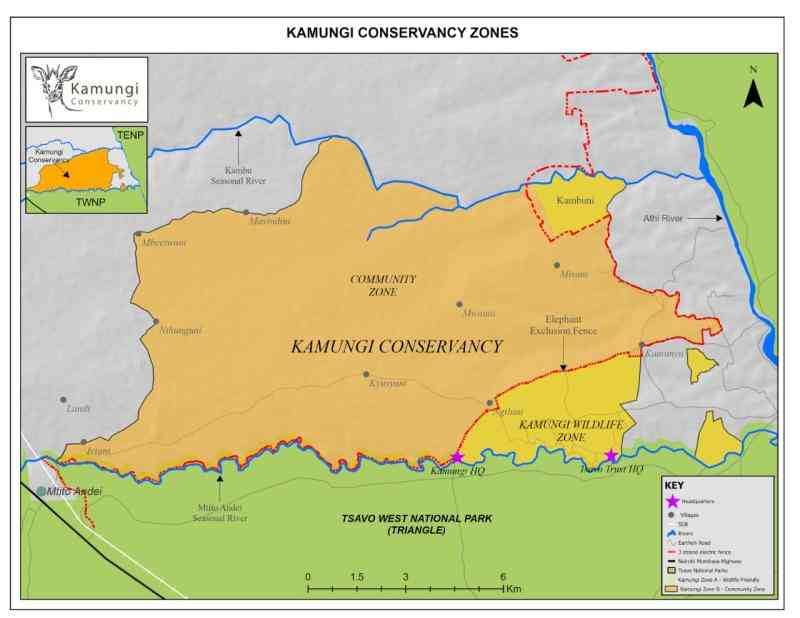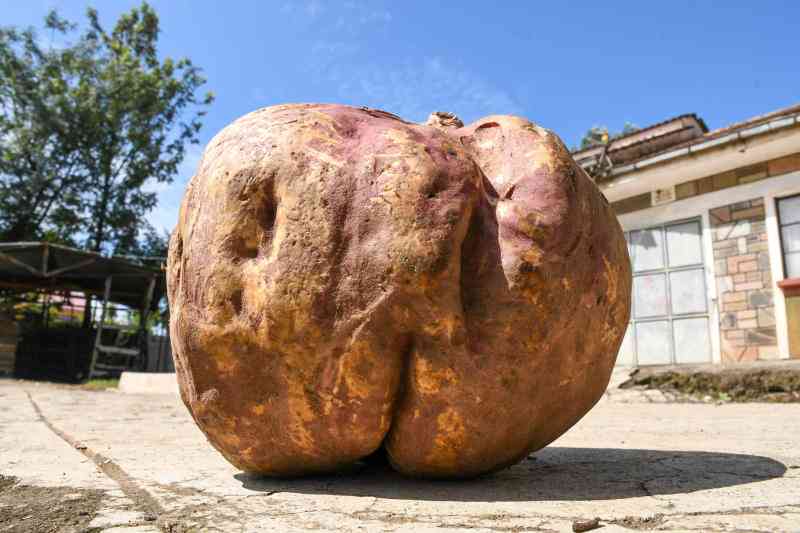Improving food security in Kenya requires a comprehensive approach, including looking at alternative staple foods beyond maize, rice, and wheat. Cassava, the fifth major food crop in the world, is a good alternative. Besides its importance as a key food security crop, it can also generate thousands of jobs along the value chain due to its potential industrial use. The crop can therefore complement the government’s efforts towards achieving two of its ‘Big Four’ development agenda — food security and manufacturing.
According to extensive research, cassava will thrive in the face of climate change, whereas other major food staples will encounter challenges. Farmers in Coast and Western, where cassava is the second most important food crop after maize, can attest to this. The crop survives well during drought when few other sources of food are available, providing food security and additional income in marginal and drought prone areas, which comprise close to 75 per cent of the land in Kenya. Nutritionally, a cassava diet provides the complete daily energy requirements and its leaves are a rich source of protein. It can also be bio-fortified to provide essential micronutrients.
Despite the importance of cassava, maize remains synonymous with food security in Kenya. Many households in some parts of Kenya consider cassava as a poor man’s crop. However, emerging challenges in maize production such as maize lethal necrosis disease and fall armyworm requires a significant shift in eating habits and mindsets. We need to diversify our food base and pay more attention to this traditional more climate resilient crop, especially with the current food crisis.
Beyond a subsistence crop
Cassava is also a potential industrial crop, especially in production of starch, animal feed, flour and ethanol. This potential has hardly been explored in Kenya. To the contrary, Nigeria, which is the world’s leading producer of cassava, has fully embraced cassava value-addition with enormous socio-economic benefits. As a result, the country’s cassava production hit 52 million metric tonnes in 2018. The cassava industry employs over 6 million Nigerian farmers.
Locally, modest cottage industries exist in some regions for value added products such as flour, cakes, biscuits and other confectionaries. Demand for these products is growing due to change in eating habits for urban and rural communities. Cassava can also be used as the basic carbohydrate in animal feed, potentially easing pressure on cereals like maize and wheat. However, the crop’s supply is at an all-time low. A recent directive by Ministry of Agriculture to blend maize and wheat flour with 10 per cent minimum content of underutilised but high nutrient crops like cassava, sorghum and sweet potato is a step in the right direction towards encouraging production.
Protecting yields
Despite its superior characteristics, cassava productivity in Kenya, and eastern Africa region, faces challenges, key among them susceptibility to virus diseases and pests. Major diseases include cassava mosaic and cassava brown streak that can result in up to 100 percent yield loss. Efforts to develop cultivars that can tolerate such diseases are key. Kenyan scientists from Kenya Agriculture and Livestock Research Organisation (KALRO) and public universities are developing resistant varieties using traditional and modern agricultural technologies such as genetic modification (GM).
Field trials of these new disease resistant varieties under the VIRCA-plus (Virus Resistant Cassava for Africa) are taking place in various locations across the country. The trials, which are conducted with the approval and supervision of the National Biosafety Authority (NBA), enable researchers to select improved varieties that meet farmers’ needs, while assuring health and environmental safety of GM cassava. The law demands a final nod from the NBA before this new disease resistant cassava is approved for open field cultivation. Similar research is also taking place in Uganda.
Our orphan staple crops have a lifeline thanks to efforts by African researchers to protect their harvests through cutting-edge science. However, we need to support our researchers and create an enabling policy environment for this to happen.
[Dr Eliud Krieger is the Director General, KALRO]
Want to get latest farming tips and videos?
Join Us
 The Standard Group Plc is a multi-media organization
with investments in media platforms spanning newspaper print operations,
television, radio broadcasting, digital and online services. The Standard Group
is recognized as a leading multi-media house in Kenya with a key influence in
matters of national and international interest.
The Standard Group Plc is a multi-media organization
with investments in media platforms spanning newspaper print operations,
television, radio broadcasting, digital and online services. The Standard Group
is recognized as a leading multi-media house in Kenya with a key influence in
matters of national and international interest.
 The Standard Group Plc is a multi-media organization
with investments in media platforms spanning newspaper print operations,
television, radio broadcasting, digital and online services. The Standard Group
is recognized as a leading multi-media house in Kenya with a key influence in
matters of national and international interest.
The Standard Group Plc is a multi-media organization
with investments in media platforms spanning newspaper print operations,
television, radio broadcasting, digital and online services. The Standard Group
is recognized as a leading multi-media house in Kenya with a key influence in
matters of national and international interest.







